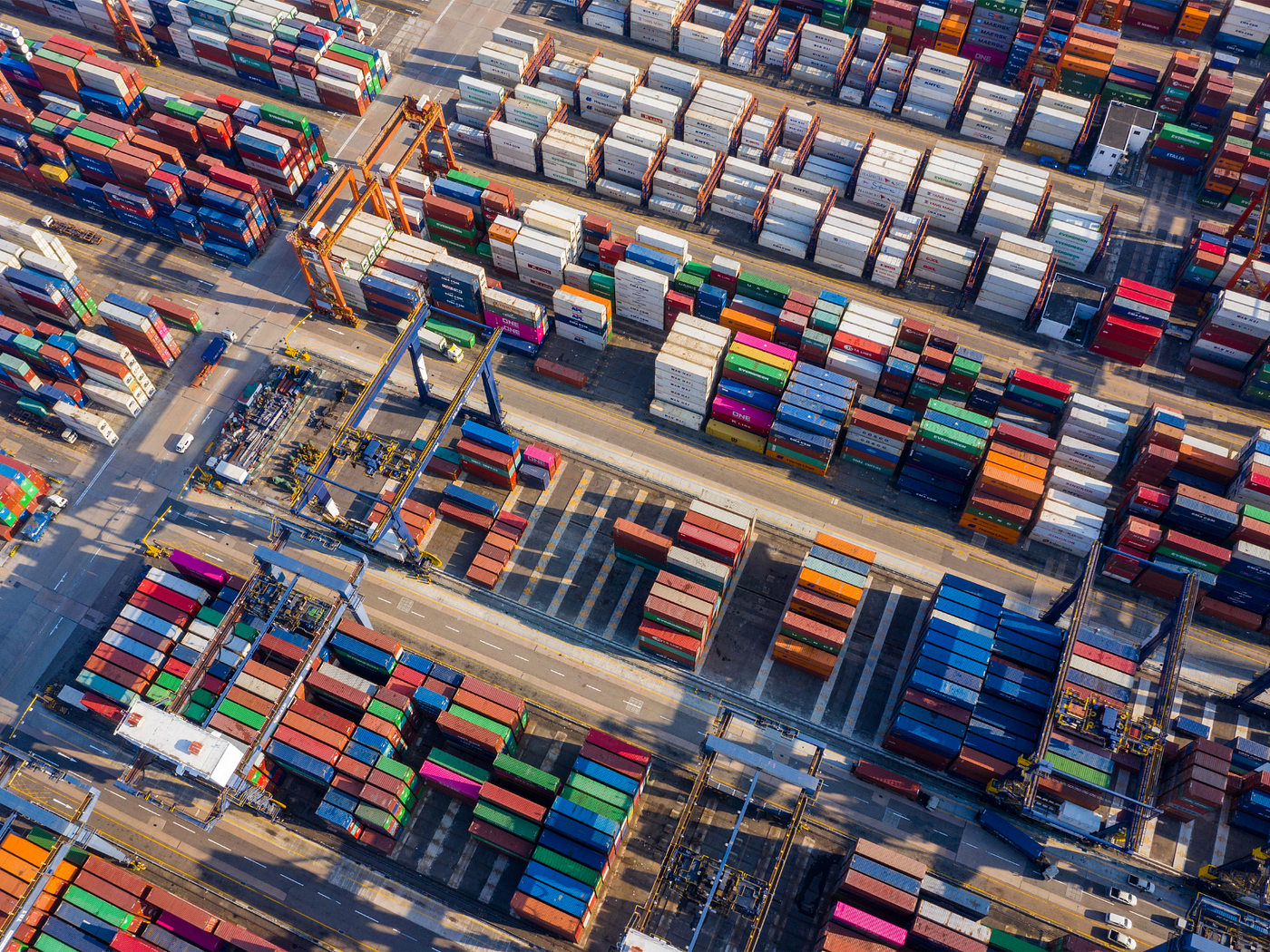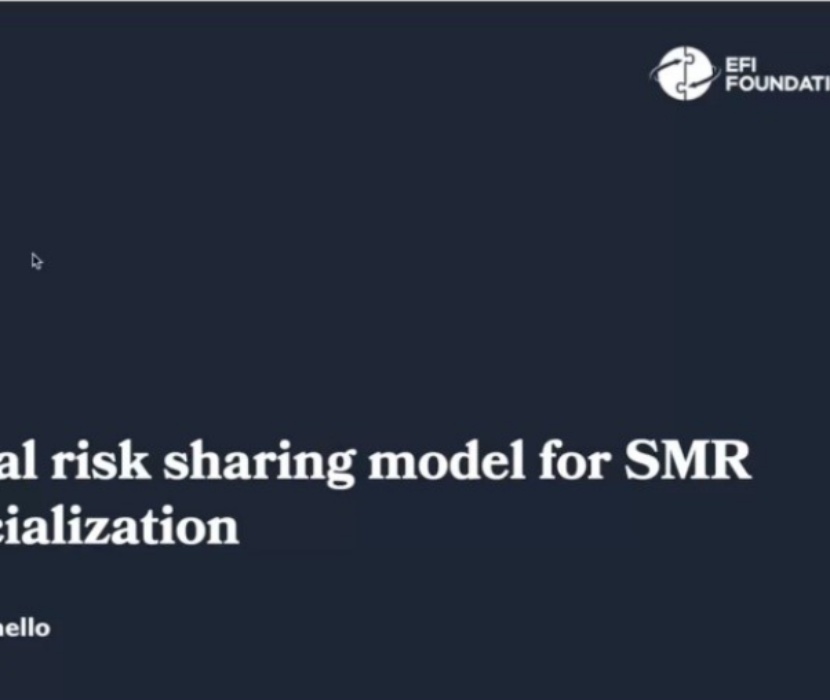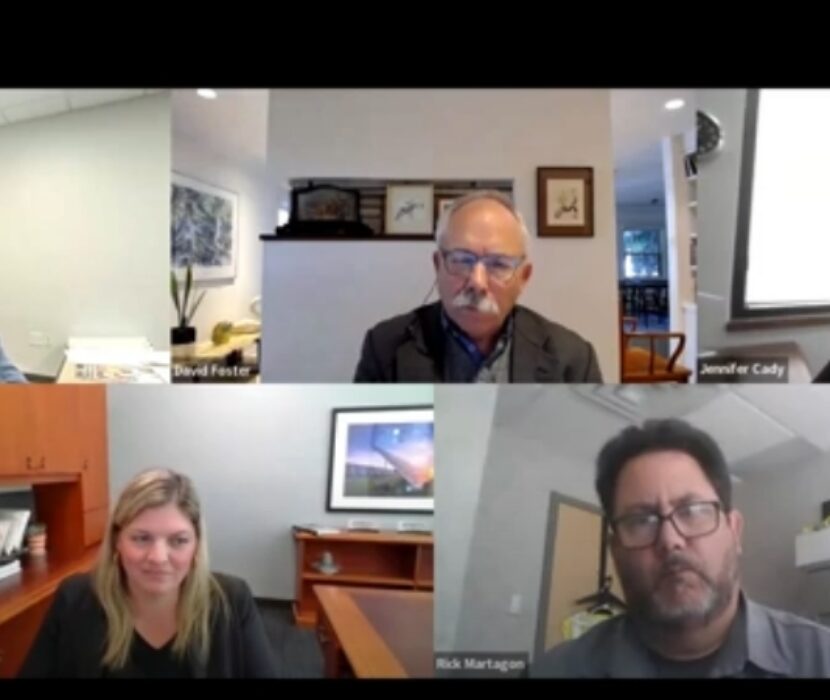
On September 7th, 2021, EFI principal Melanie Kenderdine presented on the role of batteries in the clean energy transition and participated as a panelist at the National Association of State Energy Officials’ virtual event on enhancing battery supply chains, manufacturing capabilities of the U.S., and related economic opportunities. Kenderdine sat alongside three government and battery industry leaders — Dr. Helena Khazdozian of the Depart of Energy, Austin Devaney, vice president of sales and marketing at Piedmont Lithium, and Harry Kumar, Director of Government Relations at Li-Cycle.
Star Hodge, webinar moderator and State Energy Program Manager at the North Carolina Department of Environmental Quality, discussed the role of batteries in North Carolina’s climate goals, including integrating more renewable energy and increasing the electric vehicle fleet in the state.
Kenderdine followed, examining statistics on the domestic and global electric vehicle fleet and the vitality of analyzing the critical mineral supply chain as it relates to renewable energy sources. Critical minerals, including cobalt and nickel, are vital components in renewable energy systems and batteries. Currently, however, the United States relies on other countries for critical minerals and processing. Kenderdine detailed the dramatic difference in critical mineral supply in the U.S. versus other countries. For example, she noted that the U.S. has 38,000 metric tons of cobalt in reserves, the Democratic Republic of the Congo has 3.4 million metric tons, and Australia has 1.2 million metric tons. Kenderdine explained the implications of these numbers, noting that “meeting the Clean Energy Ministerial target of 30 million EVs [electric vehicles] by 2030 would require three times as much cobalt as we currently use.”
We need to build up those supply chains in the U.S.
Melanie Kenderdine
Lastly, Kenderdine noted the staggering difference in critical mineral performance — mining, processing, battery production, and lithium-ion battery cell manufacturing — between the U.S. and China, emphasizing that “we need to build up those supply chains in the U.S.” In most cases, China was responsible for over half of global production in 2019 while the U.S. contributed less than two percent.
We need to think very, very carefully about net-zero mining, and the impacts of the electricity use [and] the water use.
Melanie Kenderdine
As we transition to increasing supply chains in the U.S., Kenderdine urged that “we need to think very, very carefully about net-zero mining, and the impacts of the electricity use, the water use…we need to think very seriously about where we can open up domestic mining but do it in very environmentally responsible ways.” Further, she articulated that shipping emissions are not usually attributed to a country’s emissions count, meaning harnessing domestic capacities can further reduce global emissions into the atmosphere.
Dr. Khazdozian echoed Kenderdine’s plea to build up the domestic critical mineral supply chain, noting that the economy is transitioning from a fuel-intensive energy economy to a mineral-intensive energy economy, as she examined the local landscape in more detail and provided optimistic pathways for development. Devaney and Kumar outlined the industry perspective, explaining that penetration rates are driving critical mineral supply-demand, investments in the middle part of the supply chain are critical, and battery recycling via a spoke and hub model is efficient and highly beneficial for the supply chain and economy.
Find President Biden’s battery supply chain review here and a description of the NASEO event here.
-Angie Kaufman
(Share this post with others.)




